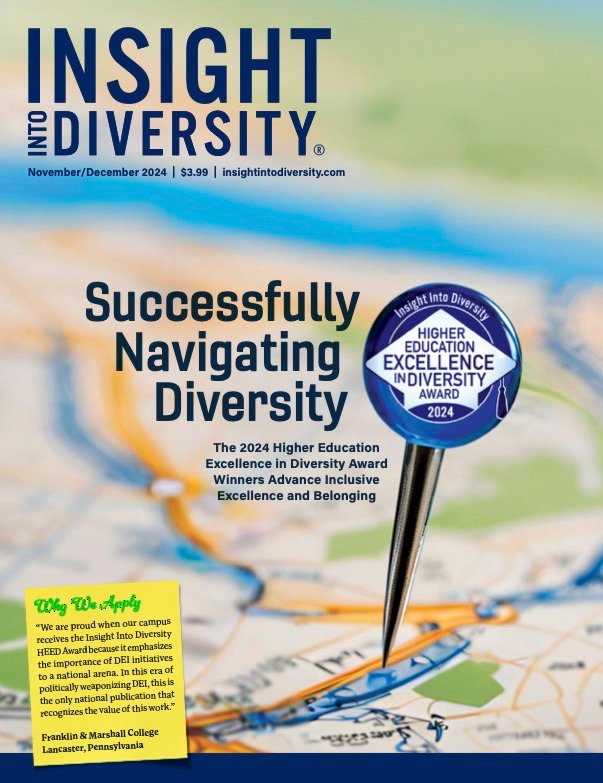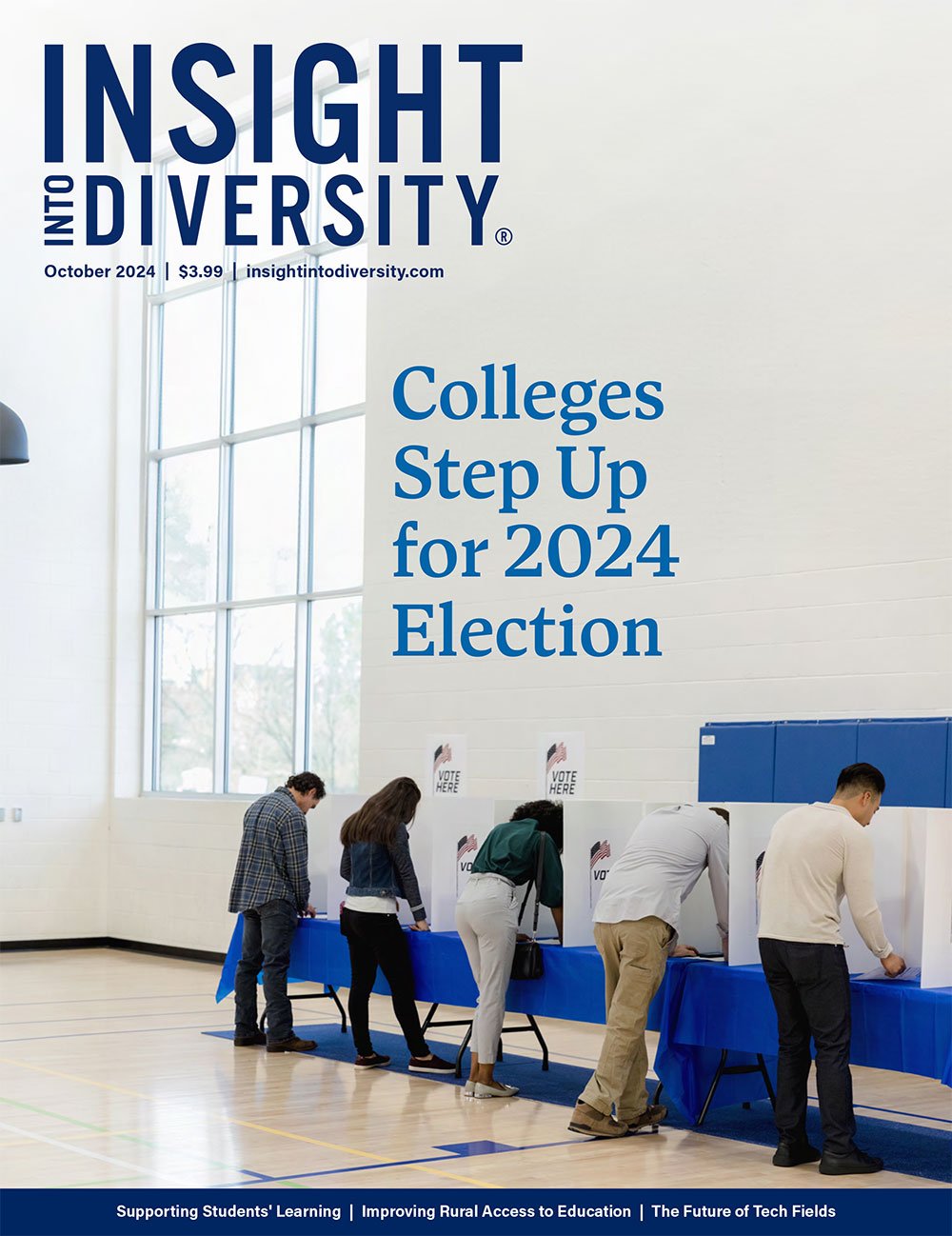The higher education landscape in the United States is undergoing a seismic shift, with as many as 80 colleges and universities predicted to close by 2029. Financial struggles stemming from declining enrollment, skyrocketing tuition costs, and doubts about the value of a degree are at the heart of this crisis. However, beneath these challenges lies a critical opportunity to prioritize inclusivity and equity in shaping the future of higher education.
A report by the Federal Reserve Bank of Philadelphia highlights troubling trends, including a 15% enrollment drop projected between 2025 and 2029. The closures disproportionately impact smaller, less-funded institutions, often serving low-income and first-generation students. These closures risk deepening inequities in higher education access, as low- and moderate-income families increasingly turn to public universities or trade schools to avoid the near six-figure tuition costs of some private institutions.
Meanwhile, elite universities like Ivy League schools and their counterparts — Stanford, MIT, and Duke — are thriving. With record-breaking application numbers and expanded financial aid programs, these institutions are strengthening their hold on the most promising students. For example, programs like Yale’s full-tuition scholarships for students from families earning under $125,000 offer crucial support. Yet, a National Bureau of Economic Research study reveals that children from the wealthiest 1% are still twice as likely to attend Ivy-Plus colleges as their middle-class peers with comparable test scores.
This inequity calls for systemic changes that prioritize diversity and inclusion across all institutions. Strategies like transparent tuition policies, accessible financial aid, and expanded support services for underrepresented students can mitigate these disparities. Additionally, smaller colleges can adapt by fostering innovative partnerships, offering flexible degree pathways, and emphasizing community-focused education models to remain viable.
While the pandemic accelerated financial strain on many colleges, its long-term impact highlights the necessity of rethinking how higher education serves diverse populations. By focusing on inclusivity and equity, institutions can not only survive but thrive, creating opportunities for students from all walks of life to access quality education.
The future of higher education depends on bold initiatives that close the gaps between elite and struggling institutions, ensuring that economic barriers do not limit academic potential. In doing so, colleges and universities can fulfill their promise as engines of social mobility and equity.




















